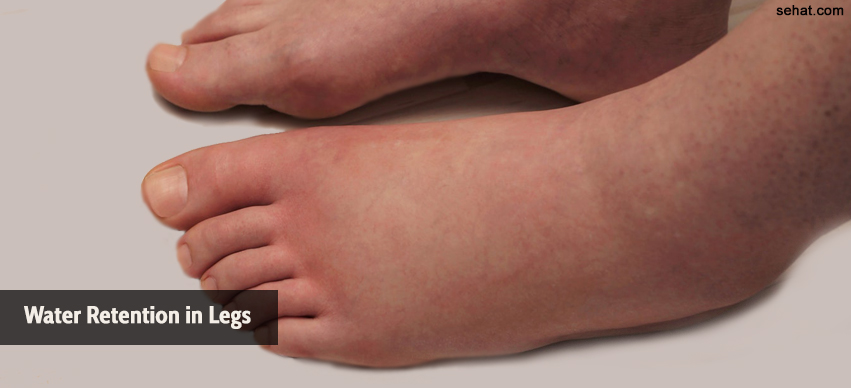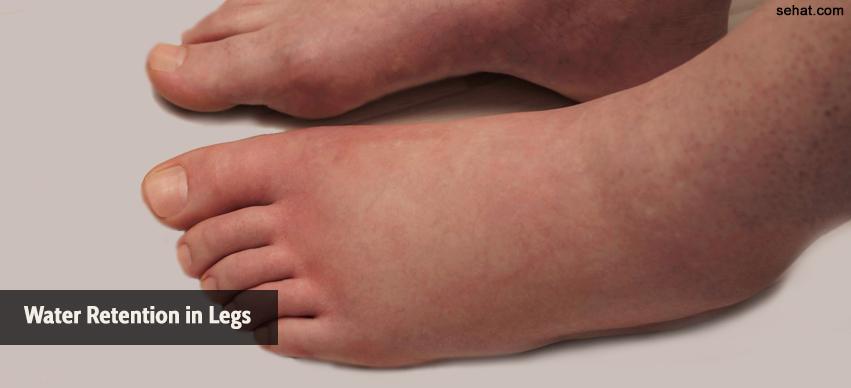How Communities Are Changing the Way We Think About Aging in..
8 Min Read


Water retention in legs is an abnormal occurrence and almost always hints towards a major underlying systemic or a non-systemic illness. Abnormal fluid or water accumulation in the interstitial space (between the tissues) is called edema in medical terms. This article will help you understand more about water retention in legs, what causes water retention in legs, and tips to manage water retention in legs by using medications and exercises.
Water retention in legs is called pedal edema in medical terms. It occurs due to one of the two major mechanisms;
Water retention in legs may be unilateral (affecting only one leg) or bilateral, that is, affecting both legs at the same time.
The following are some common causes of water retention in legs;
This is a bacterial infection of deeper layers of the skin. It is a painful condition that can turn into a serious systemic infection if not treated promptly and appropriately. Cellulitis of the leg presents with swelling, redness and raised the local temperature of the affected leg.
This is a serious condition that involves the formation of blood in a deeper vein of the leg. This condition is a life-threatening one as the clot can dislodge and migrate to other blood vessels of the heart, kidneys or brain and occlude these blood vessels.
Heart failure may be acute or chronic. Heart failure is the inability of the heart to pump the amount of blood required for the body. In such conditions, blood in the legs tends to pool resulting in water retention around the feet and ankles.
Severe liver diseases such as cirrhosis of liver show a lack of regulation extracellular fluid volume which results in the accumulation of fluid in tissue spaces. In liver diseases, water retention may occur in legs as well as the abdomen (ascites).
Water retention in legs can be due to renal disorders which occurs due to a disturbance in the water and electrolyte balance.
Medications which can cause water retention in legs are;
Water retention in legs can also occur due to some other causes such as;
Before beginning the treatment for water retention in legs, the underlying cause needs to be evaluated by running some baseline laboratory investigations to reach a diagnosis, such as;
Treatment of water retention in legs depends largely upon the underlying cause and its correction. Generally, the treatment aims at reducing water retention in legs by improving venous blood circulation and lymphatic circulation and reducing fluid leakage from capillaries. Along with medications to treat the causative factor, reduction in pedal edema can be effectively achieved by combining it with non-pharmacological methods like;
Stop the use of offending medicines by speaking to your doctor about it. You can ask for an alternative medicine
Use of compression stockings is advised by doctors to improve peripheral blood circulation and to prevent pooling of blood in the legs
Exercising helps in improving blood and lymph circulation of legs
This improves blood circulation of the legs by lowering the pressure within veins of the affected leg
Massaging the legs improves lymphatic circulation and also blood circulation in the legs Non-pharmacological methods of managing water retention in legs not only aims at improving blood and lymph flow but also minimizes the chances of formation of deep vein thrombosis and encourages faster healing.
Exercising is common advice to the general population not just to manage certain illnesses, but also to maintain overall health and well being to prevent the development of illnesses. The following are some exercises which are effective in reducing water retention in legs;
30 minutes of brisk walking improves circulation and shifts the collected fluid.
Hold the back of a chair for support. Lift one leg and move it back while keeping the other leg firm. Do the same for the other leg.
Stand firm or with support and put one leg forward, stretch the other leg out.
Lie down on a mat or your bed and raise your legs along the wall for a few minutes. Doing this not only returns fluid and blood but also helps to achieve good sleep.
Excess salt can cause the ankles and feet to swell up and become puffy as excess salt or sodium is retained by the blood which results in fluid accumulation.
Water retention occurs primarily due to electrolyte imbalance. Keep potassium in blood at optimum levels by having foods like bananas, coconut water, oranges, and cucumbers.
One major cause for water retention in legs in the lack of proteins that hold the blood vessel walls intact. Consuming protein-rich foods like eggs, lean meat, soya beans, lentils, legumes, and pulses help in reducing water retention faster by improving the “oncotic pressure†of blood.
Drinking more water will not worsen the retention. On the contrary, drinking water helps to flush out toxins and waste from the body.
The ages-old remedy to swollen and sore feet is to soak them in warm water with Epsom salt.
Water retention is associated with major illnesses and it is certainly a sign which must not be ignored. The above measures to manage water retention in legs are not meant to replace conventional medical management. Also, exercises must be undertaken only after prior permission from your doctor as each person’s body reacts differently to exercise as per their physical fitness.